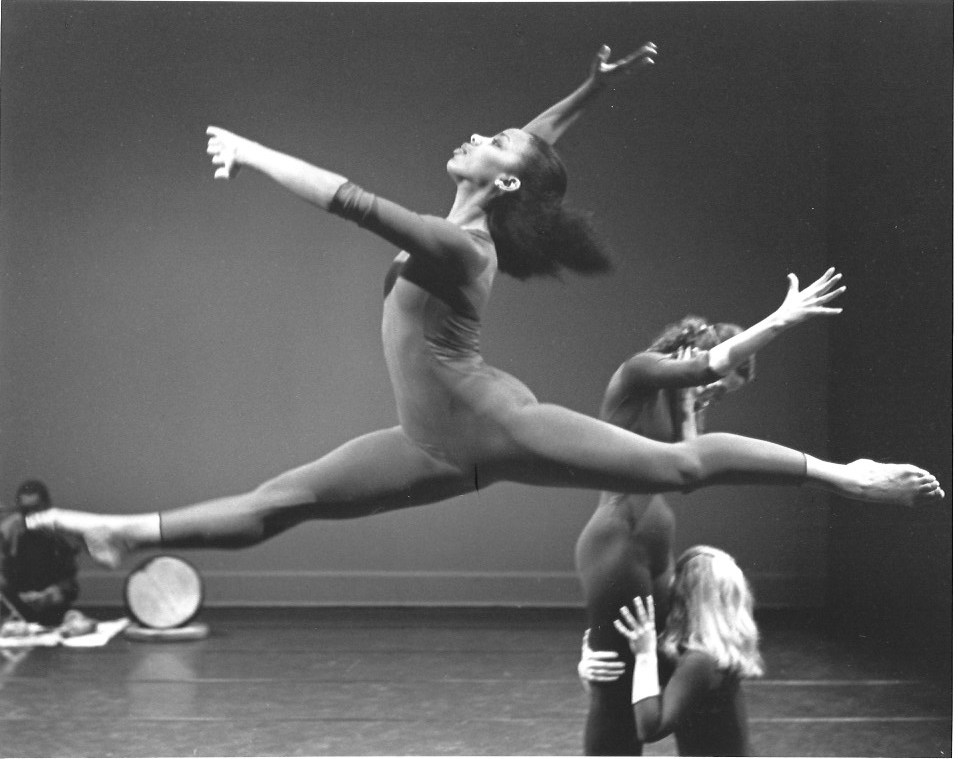Fortunately, I don’t have to rack my memory to figure out the beginning steps for The Forgiveness Project, as they are well documented in the February 2001 Avodah Dance Ensemble Newsletter. Much of what I am sharing in this blog comes from the Newsletter’s opening article.
I did indeed read Desmond Tutu’s book No Future Without Forgiveness which Canon Lloyd Casson had suggested. Towards the end of the book Tutu has a paragraph related to the need for Israel to wrestle with forgiveness for Germany. He is not the only one to point this out. In January 2000, Elie Wiesel spoke of forgiveness in a speech he made on the German Day of Remembrance when he addressed the Bundestag. Simon Wiesenthal addressed this important question in his book The Sunflower. Certainly the question of forgiveness related to post-Holocaust German/Jewish relationships is one of the most challenging. My plan was for the dance company to wrestle with this difficult question in a new way through movement. There was no goal to come up with any one definitive answer, just to wrestle with the question.
We would also look at forgiveness from a variety of perspectives – forgiveness of oneself, forgiveness within a relationship, forgiveness as it relates to God and forgiveness between communities. We officially began our work on forgiveness for the project in the fall of 2000 when we presented a lecture demonstration on Yom Kippur afternoon at Hebrew Union College – Jewish Institute of Religion’s High Holiday Services for College and Graduate Students. For this presentation I decided to focus on forgiveness between self and God. To prepare I read the Book of Psalms and jotted down any lines that related to forgiveness. After much pondering I came up with four stages in the process of asking forgiveness of God: being aware of needing to ask for forgiveness; accepting the responsibility to do so; asking for forgiveness; and feeling certain expectations upon being forgiven by God. Three dancers, including Beth Millstein who had worked with Avodah for over seven years, joined me, and we explored the four stages with related lines of text from Psalms.
Much to my delight I have notes from this demonstration and I share them now. Readers who are interested in leading workshops on forgiveness are very welcome to use the text and ideas presented here.
Here are the stages of Forgiveness with supporting Psalm references
1. Reflect or ponder our actions
“So tremble, and sin no more;
Ponder it on your bed, and be silent (Psalm 4:5)
2. Take Responsibility
“For my iniquities have overwhelmed me:
They are like a heavy burden, more that I can bear.” (Psalm 38:4)
“I recognize my transgressions
And am ever conscious of my sins.” (Psalm 51:3)
“I have considered my ways,
And have turned back to your decrees.” (Psalm 119:59)
3. Take Action
“Then I acknowledged my sin to you;
I did not cover up my guilt;” (Psalm 32)
4. Express how we feel/or anticipate how we will feel after taking action
“Happy is he whose transgression is forgiven,
Whose sin is covered over.” (Psalm 32:1)
“You are my shelter:
You preserve me from distress:
You surround me with the joyous shouts of deliverance.” (Psalm 32:7)
“God redeems your life from the Pit,
Surrounds you with steadfast love and mercy.” (Psalm 103:4)
“Yours is the power to forgive
So that You may be held in awe.” (Psalm 130:3-4)
We used some of these lines of text in our demonstration as part of the Yom Kippur afternoon service at HUC-JIR and I am most grateful for Rabbi Larry Raphael (of blessed memory) for inviting us to present. In the formal presentation at HUC-JIR the dancers improvised to the lines of text while members of the congregation watched.
As the Forgiveness Project continued we wove these lines from The Book of Psalms into future workshops guiding groups of various ages to explore them. Usually I started with the first stage, read the line of text and then asked each person to respond in movement to the imagery being expressed – for example, to imagine he/she is pondering on “his/her sins” and express what that would be like in movement.
We added other texts into the Forgiveness Project, including biblical texts, writings of Moses Maimonides, lines from the New Testament, a poem by Thich Nhat Hanh and a passage from Wally Lamb’s novel I Know this Much is True. I will be sharing more about these texts and how they fit into the Forgiveness Project in the next few blogs.

with a group of religious school students.

 Print This Post
Print This Post









